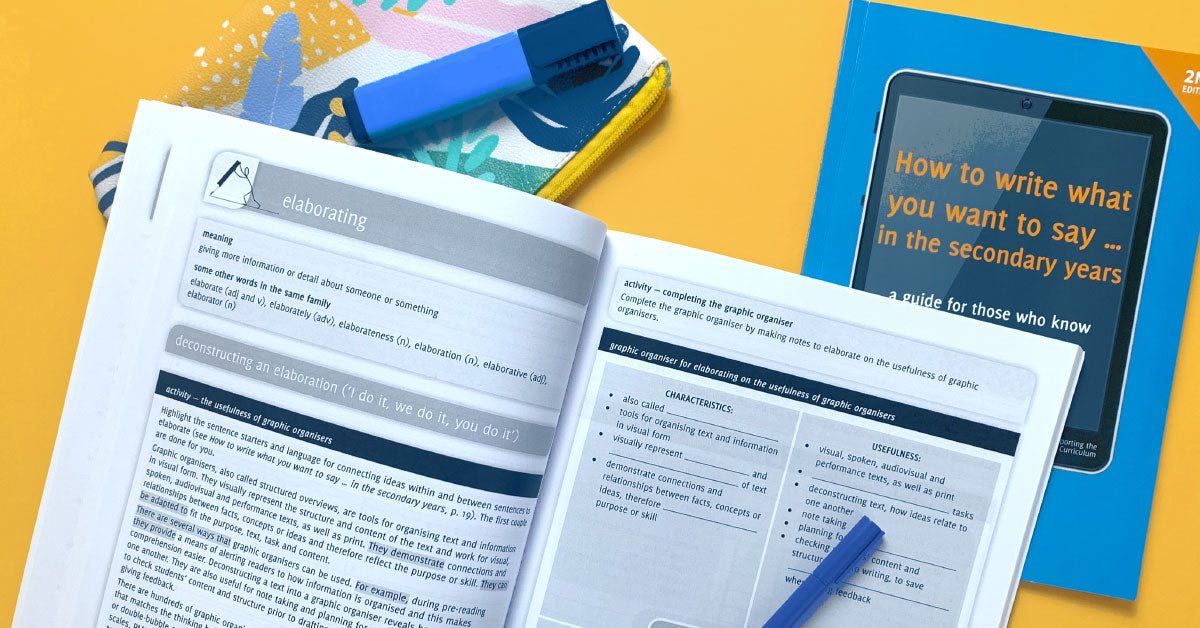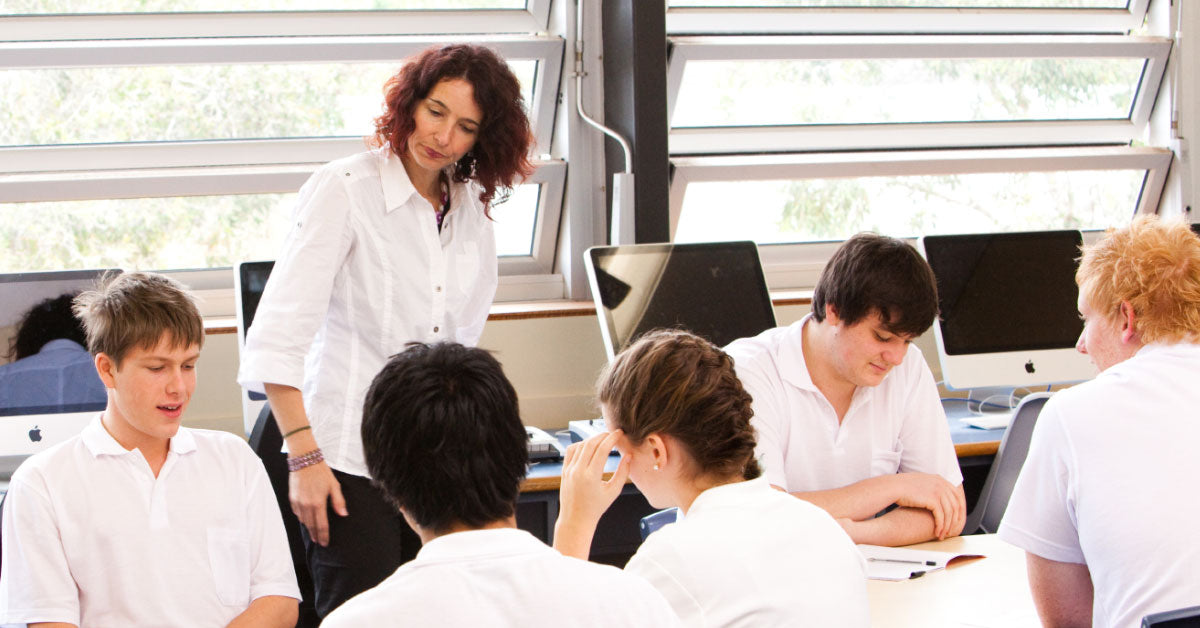News
- 2 min read
Exemplary teachers routinely have children actually reading and writing for as much as half of the school day – often around a 50/50 ratio of reading and writing to stuff (stuff is all the other things teachers have children do instead of reading and writing). (Allington, 2001)
- 2 min read
Patricia Hipwell has developed these resources using a functional and guided approach which will enable students to say what they want to say and to know how to do so. Much thought and creativity is evident in the very helpful and well structured set of resources that are well designed to help students achieve the goal of writing with confidence to achieve an intended purpose.
- 6 min read
Many schools allocate one or two lessons per week for developing study skills or preparing students for external examinations. A common name for this time is ACCESS.
- 2 min read
We all know that reading is an essential skill, but many teachers struggle to fit it in with all the competing demands on their time.
Rather than see reading as an extra thing to make time for, we need to see it as part of how we teach content and skills.
- 2 min read
If you get to the end of each term and wonder where the previous 10 weeks went, you're not the only one! If you keep finding yourself making the resolution to be more organised next term, here are some areas you can focus on to help your students and make your life easier.
- 3 min read
There are three books in the How to write what you want to say … in the secondary years set and when used together they make it easier for teachers to teach key writing skills or cognitive verbs.
- 2 min read
Asking students to copy notes from the board can quieten your class down, but relying on this practice too much means students miss out on the opportunity to rehearse valuable skills.
- 2 min read









